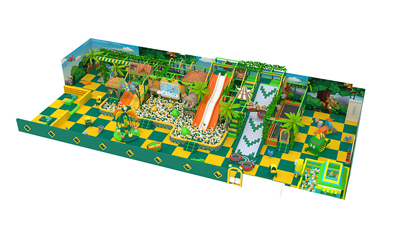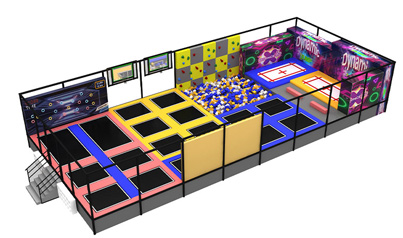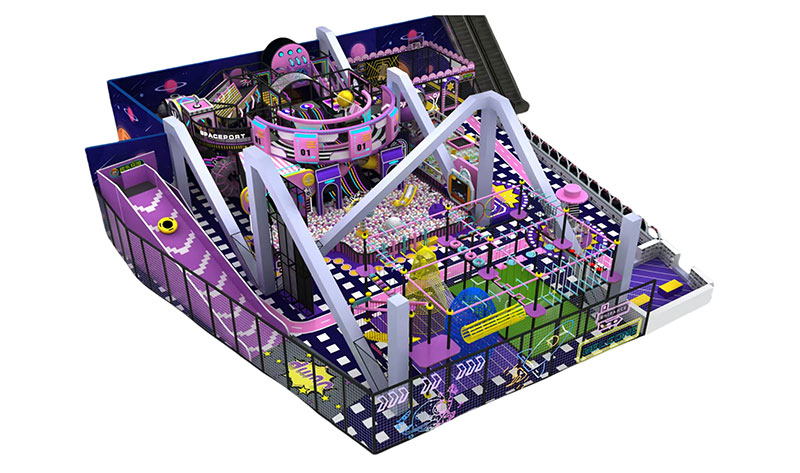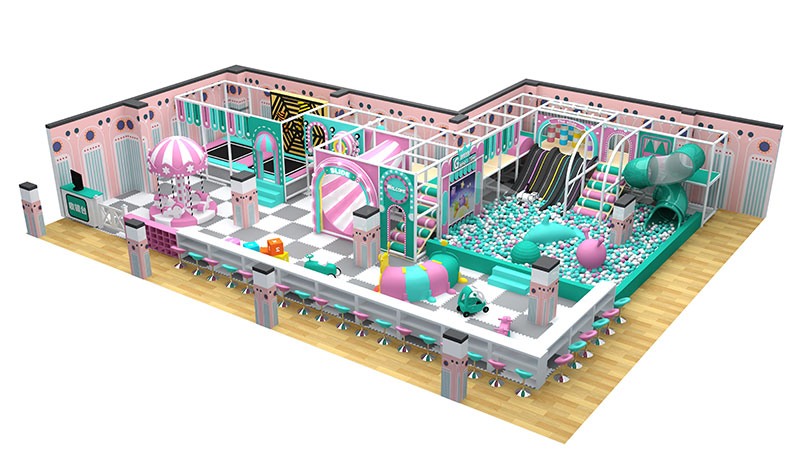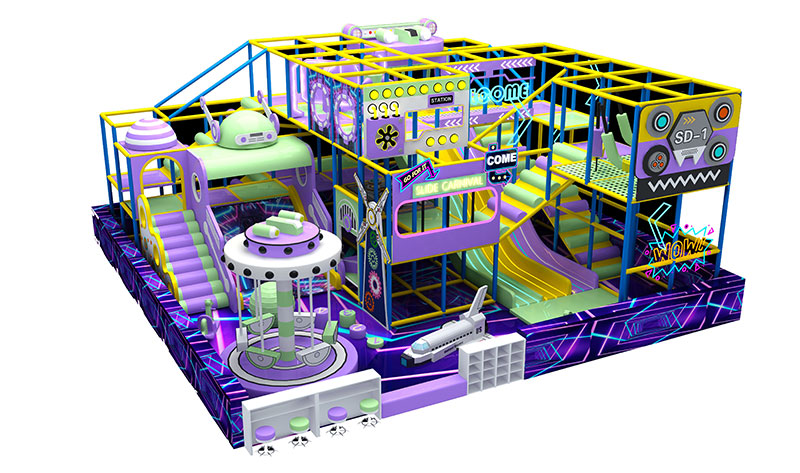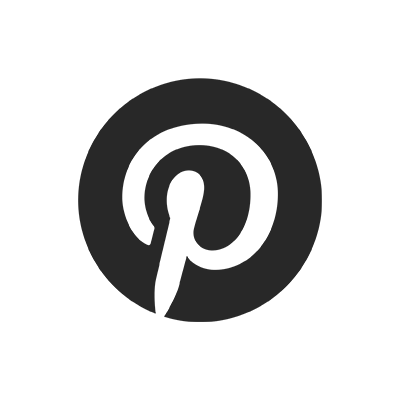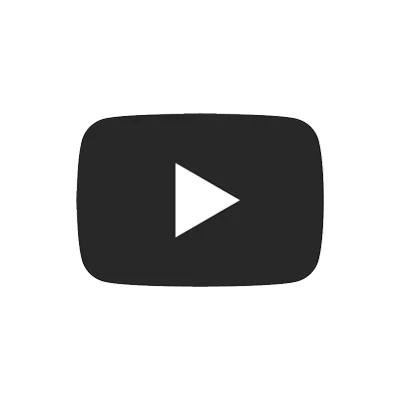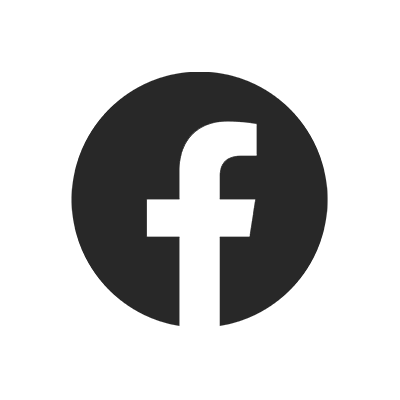Many people feel overwhelmed when planning an indoor playground, unsure which factors truly impact its success. Whether for a home, school, or business, focusing on core elements ensures the space works well long-term. This article clarifies the non-negotiable priorities.
Why Does Planning Focus Matter for an Indoor Playground?
Without clear priorities, planning can lead to a space that’s inefficient, unsafe, or unused. Focusing on key elements ensures the Indoor Playground meets its purpose—whether entertaining kids, supporting development, or attracting customers—without wasted resources.
Space Utilization: The Foundation of Effective Design
How you use available space directly affects the playground’s functionality.
Match Layout to Space Size
Avoid overcrowding small areas with large equipment, as this raises safety risks and limits movement. Always leave extra space around large equipment for emergency access and free movement. For larger spaces, divide zones by activity type (e.g., active play vs. quiet play) to keep the area organized and easy to navigate.
Prioritize Flow and Accessibility
Ensure paths between equipment are wide enough for movement and supervision. All areas should be reachable without climbing over structures, making it easy for adults to assist kids and keep the space safe.
Material Selection: Balancing Durability and Comfort
The right materials keep the playground functional and safe for years.
Choose Durable, Wear-Resistant Options
Materials need to handle daily use, especially in high-traffic areas. Materials like high-density polyethylene or reinforced vinyl work well for long-term use, resisting scratches, stains, and damage from frequent contact, reducing the need for early replacements.
Prioritize Non-Toxic, Gentle Surfaces
All materials should meet safety standards for non-toxicity, as kids often touch or even put items in their mouths. Soft, shock-absorbent surfaces under play structures minimize injury risks from falls.
Age-Appropriate Design: Ensuring Inclusivity and Fun
A playground works best when it fits the needs of its intended users.
Tailor Equipment to Target Ages
Toddlers need low, stable structures with rounded edges, while older kids benefit from more challenging features like climbing walls or slides. Mixing age-specific elements ensures the space serves its audience well.
Avoid One-Size-Fits-All Designs
Generic equipment may not engage any age group effectively. Focus on features that match the physical abilities and interests of the kids who will use the playground most often.
Conclusion
Planning an Indoor playground succeeds when you prioritize space utilization, quality materials, and age-appropriate design. These elements ensure the space is safe, functional, and enjoyable—meeting its purpose without unnecessary costs or flaws.
If you’re ready to create a well-planned indoor playground that checks all these boxes, visit our product page to explore thoughtfully designed options suited to different spaces and needs.



